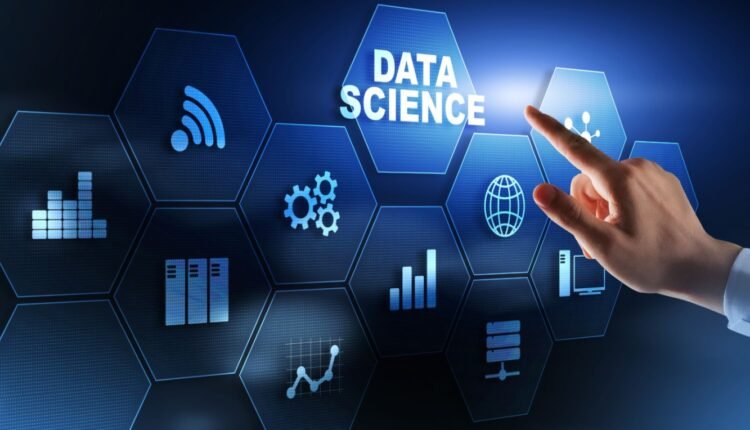Data science today is no longer a still lake. It is a fast-moving river, gathering new streams of innovation from every direction. Those who step into this river must learn not just how to measure or analyze data but how to navigate its evolving currents. A Data Science Course in Bangalore is no longer about learning tools alone; it is about developing the instinct to work with emerging patterns in artificial intelligence and machine learning. In this world, models are not just systems; they are companions that learn, adapt, and respond.
Below are the major trends reshaping not just how organizations use data but also how data science is taught and practiced.
AI Models That Can Learn Continuously
Imagine teaching a child how to recognize animals. Once shown a few examples, the child keeps learning with every encounter. Earlier machine learning models were not like this. They required large, structured datasets and retraining to understand new inputs. Today, continuous learning models imitate human learning more closely. They adapt their understanding with new data flowing in real time.
For learners, this means training now focuses heavily on concepts like incremental learning and adaptive algorithms. Classrooms and online labs emphasize hands-on experiments with streaming data rather than fixed historical data. A modern Data Science Course in Bangalore teaches how to build models that survive the real world, where nothing stays still.
Generative AI for Data Creation and Simulation
Generative AI is the storyteller of the digital world. It can create synthetic medical images for research, generate realistic customer conversations for chatbot training, and even simulate rare business scenarios to test financial risk models. Instead of waiting for data to form naturally, data scientists can now create controlled and ethical data environments.
Students are taught how to validate, test, and responsibly use synthetic data. They learn to question whether generated data reflects reality or exaggerates patterns. Training programs now include modules on prompt engineering, model fine-tuning, and the ethics of generating human-like content.
The Rise of Explainable AI
AI systems once behaved like sealed black boxes. You fed them input, got output, and trusted they were correct. But trust is fragile. When AI decisions began influencing medicine, law, and hiring, people demanded clarity. Explainable AI gives us the reasoning behind a model’s decisions in human terms.
This trend is shaping training by encouraging learners to balance performance with transparency. Decision trees, SHAP values, LIME visualizations, and counterfactual reasoning are taught as essential tools. The goal is not just to create a powerful model but one that people and organizations are comfortable relying on.
AI at the Edge
Instead of sending all data to a central cloud, models increasingly live where the data is generated: cameras, mobile phones, wearables, sensors. This is edge AI. It brings faster decisions, lower bandwidth costs, and more privacy.
Training now focuses on model optimization techniques like pruning and quantization. Students learn to compress models so they can run efficiently on small devices. It is like teaching someone not only how to drive a truck but also how to fold a full-size vehicle into a compact form without losing functionality.
Collaborative Intelligence Between Human and Machine
The future is not machines replacing people. It is machines working alongside people. AI excels in speed and scalability, while humans excel in judgment and empathy. Together, they form collaborative intelligence.
Modern data science education trains learners to work with AI as a partner. Instead of asking “What can AI do for me?” the real question becomes “How can I enhance AI’s effectiveness with my domain expertise?” Whether in healthcare diagnosis, logistics routing, or climate modeling, the partnership mindset is becoming central.
Conclusion
The river of data science is deep, dynamic, and endlessly evolving. The trends shaping training today push learners to be adaptable, ethical, creative, and technically versatile. A Data Science Course in Bangalore acts as a strong foundation, but what truly shapes a professional is the willingness to learn continuously as the field transforms. Those who succeed in data science are not simply tool experts. They are curious explorers who learn to read the currents and move with them.
In this era, the most valuable skill is the ability to grow with the technology, not just use it.

